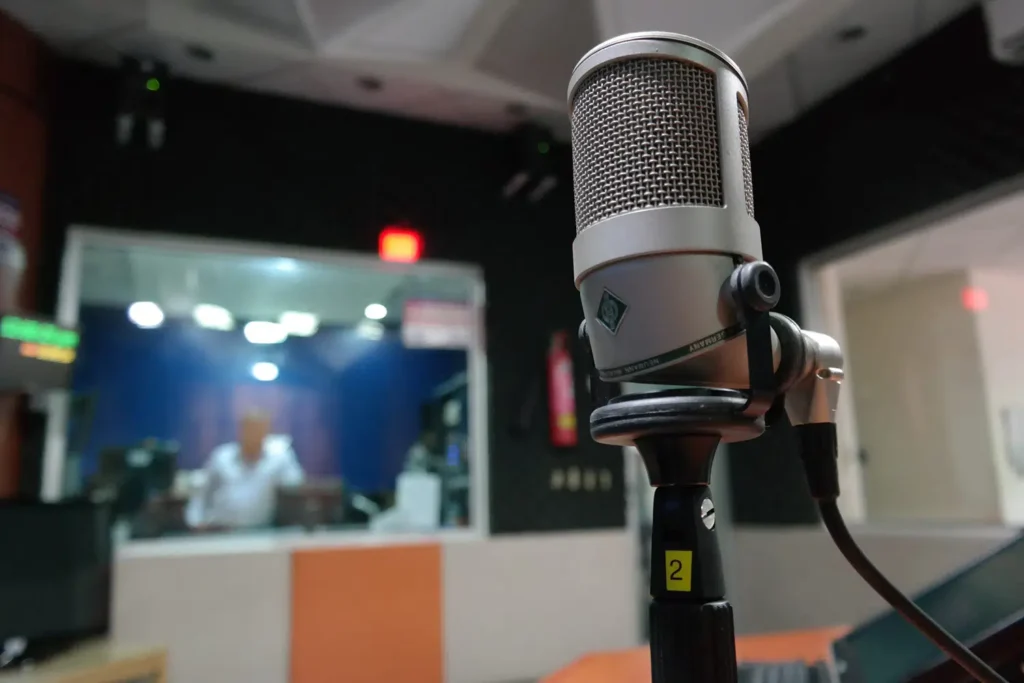Introduction:
Speech-language pathology (SLP) is a dynamic field dedicated to the assessment, diagnosis, and treatment of communication disorders and swallowing difficulties. Speech-language pathologists (SLPs) play a crucial role in helping individuals of all ages overcome challenges related to speech, language, voice, fluency, and swallowing, enabling them to communicate effectively and participate fully in their personal and professional lives. In this article, we will explore the core concepts, principles, and techniques of speech-language pathology, shedding light on the diverse range of conditions SLPs address and the innovative strategies they employ to support their clients’ communication and swallowing needs.

Understanding Communication Disorders:
Communication disorders encompass a broad spectrum of conditions that affect an individual’s ability to produce, understand, or use language effectively. Speech disorders, such as articulation disorders, phonological disorders, and stuttering, involve difficulties with the production of speech sounds and fluency. Language disorders, on the other hand, impact a person’s ability to comprehend and express thoughts, ideas, and feelings through spoken or written language. These may include receptive language disorders, expressive language disorders, as well as pragmatic language disorders. Voice disorders affect the quality, pitch, or volume of the voice, while fluency disorders, such as stuttering, disrupt the smooth flow of speech. Additionally, swallowing disorders, or dysphagia, can result in difficulties with chewing, swallowing, and managing food and liquids safely.

Assessment and Diagnosis:
The assessment and diagnosis process is a crucial component of speech-language pathology. This provides valuable insights into an individual’s communication and swallowing abilities, their strengths as well as their challenges. SLPs employ a variety of assessment tools and techniques to gather comprehensive information about a client’s speech, language, voice, as well as swallowing function. These may include standardized tests, informal observations, interviews with clients and their families, as well as instrumental assessments. An example such as videofluoroscopy and fiber-optic endoscopic evaluation of swallowing (FEES). Through careful evaluation and analysis, SLPs can identify the underlying causes of communication disorders as well as swallowing disorders. Once complete, they develop targeted intervention plans tailored to each client’s unique needs.

Intervention and Treatment:
Intervention and treatment strategies in speech-language pathology are also designed to address the specific needs and goals of each individual client. The results are progressive fostering improvement in communication as well as swallowing function over time. SLPs employ a variety of evidence-based techniques and approaches to facilitate progress as well as promote functional outcomes. Speech therapy may focus on articulation exercises, phonological awareness training, fluency shaping techniques, as well as voice therapy exercises to improve speech production and clarity. Language therapy may involve vocabulary development activities and also sentence formulation exercises. Social skills training and pragmatic interventions are used to enhance language comprehension as well as expression. Techniques may include vocal hygiene education, vocal exercises, as well as resonance therapy to optimize vocal quality and function. Swallowing therapy interventions may target oral motor strengthening. This involves swallowing exercises, compensatory swallowing strategies, and dietary modifications to improve swallowing safety and efficiency.

Augmentative and Alternative Communication:
Augmentative and alternative communication (AAC) encompass a wide range of tools and techniques used to supplement or replace spoken language for individuals with severe communication disorders. AAC systems may include low-tech options, such as picture communication boards, communication books, and sign language, as well as high-tech solutions, such as speech-generating devices (SGDs) and tablet-based communication apps. SLPs play a vital role in assessing, selecting, and implementing AAC systems. Systems that meet the unique needs and preferences of each of their clients. They provide training and support to clients, families, and caregivers to ensure successful use of AAC systems in various settings. Empowering individuals with communication impairments to express themselves effectively and participate fully in social, academic, and vocational activities.

Multidisciplinary Collaboration:
Speech-language pathology often intersects with other disciplines, including education, psychology, medicine, and allied health professions. SLPs collaborate closely with teachers, physicians, psychologists, occupational therapists, physical therapists, vocal coaches, and other healthcare professionals to provide comprehensive, integrated care for individuals with communication and swallowing disorders. Multidisciplinary collaboration enables SLPs to address the complex needs of their clients from a holistic perspective. They incorporate insights and expertise from diverse disciplines to develop effective intervention plans and achieve meaningful outcomes. By working together as part of a collaborative team, professionals can maximize the impact of their services and support clients in reaching their full potential.

Telepractice and Technology:
Advancements in technology have revolutionized the delivery of speech-language pathology services. These advancements allow SLPs to connect with clients remotely through telepractice and utilize innovative tools and resources to enhance assessment, intervention, and communication. Telepractice enables SLPs to conduct assessments and deliver therapies. Consultations via videoconferencing platforms, extend access to services for clients in remote or underserved areas. Digital tools and mobile applications offer interactive exercises, games, and visual supports to engage clients in therapy activities. Exercises facilitate practice outside of therapy sessions. Additionally, wearable devices and biofeedback technology provide real-time feedback and monitoring of speech, voice, and swallowing function. These tools enhance the accuracy and effectiveness of intervention techniques.

Development and Ethical Considerations:
As professionals committed to promoting the well-being and independence of their clients, speech-language pathologists adhere to high ethical standards and engage in ongoing professional development to stay abreast of emerging research, best practices, and advancements in the field. SLPs participate in continuing education courses, workshops, conferences, and peer-reviewed journals to expand their knowledge and skills, ensuring the delivery of evidence-based, culturally competent care. They uphold ethical principles and guidelines outlined by professional organizations, such as the American Speech-Language-Hearing Association (ASHA) and the Royal College of Speech and Language Therapists (RCSLT), which emphasize client-centered care, confidentiality, informed consent, and advocacy for social justice and equity in healthcare.

Conclusion:
Speech-language pathology is a dynamic and multifaceted field that encompasses a wide range of concepts, techniques, and applications aimed at supporting individuals with communication and swallowing disorders. Through assessment, diagnosis, intervention, and collaboration, speech-language pathologists empower their clients to overcome barriers to communication and achieve their full potential. By embracing innovation, technology, and interdisciplinary collaboration, SLPs continue to advance the field and enhance outcomes for individuals of all ages and backgrounds. As we look to the future, speech-language pathology remains committed to promoting communication, empowerment, and inclusion for all.
More About Our Vocal Coaches
We understand that transitioning is often difficult and undeniably stressful for many people. While Dysphoria affects everyone differently, having an affirming voice that feels right for you can be a major factor in managing dysphoria.
Our vocal coaches help you find your voice by:

Dependable
⸺ & ⸺
Diligent
Having an advanced contact and booking platform to be sure that Your Lessons Now is always there for you, and our admin staff will always be here to help.

Helpful
⸺ & ⸺
Human
Providing a human touch to your scheduling and inquiries, our vocal coaches and also our admin team will assist you every step of the way.

Loud
⸺ & ⸺
Proud
Understanding the importance of providing a judgment-free and empathetic and caring environment, since many of us are LGBTQIA+ ourselves.

Secure
⸺ & ⸺
Respected
Our vocal coaches have extensive training, experience, degrees, and awards to further ensure the best learning environment for our students.
Follow Us on Social Media